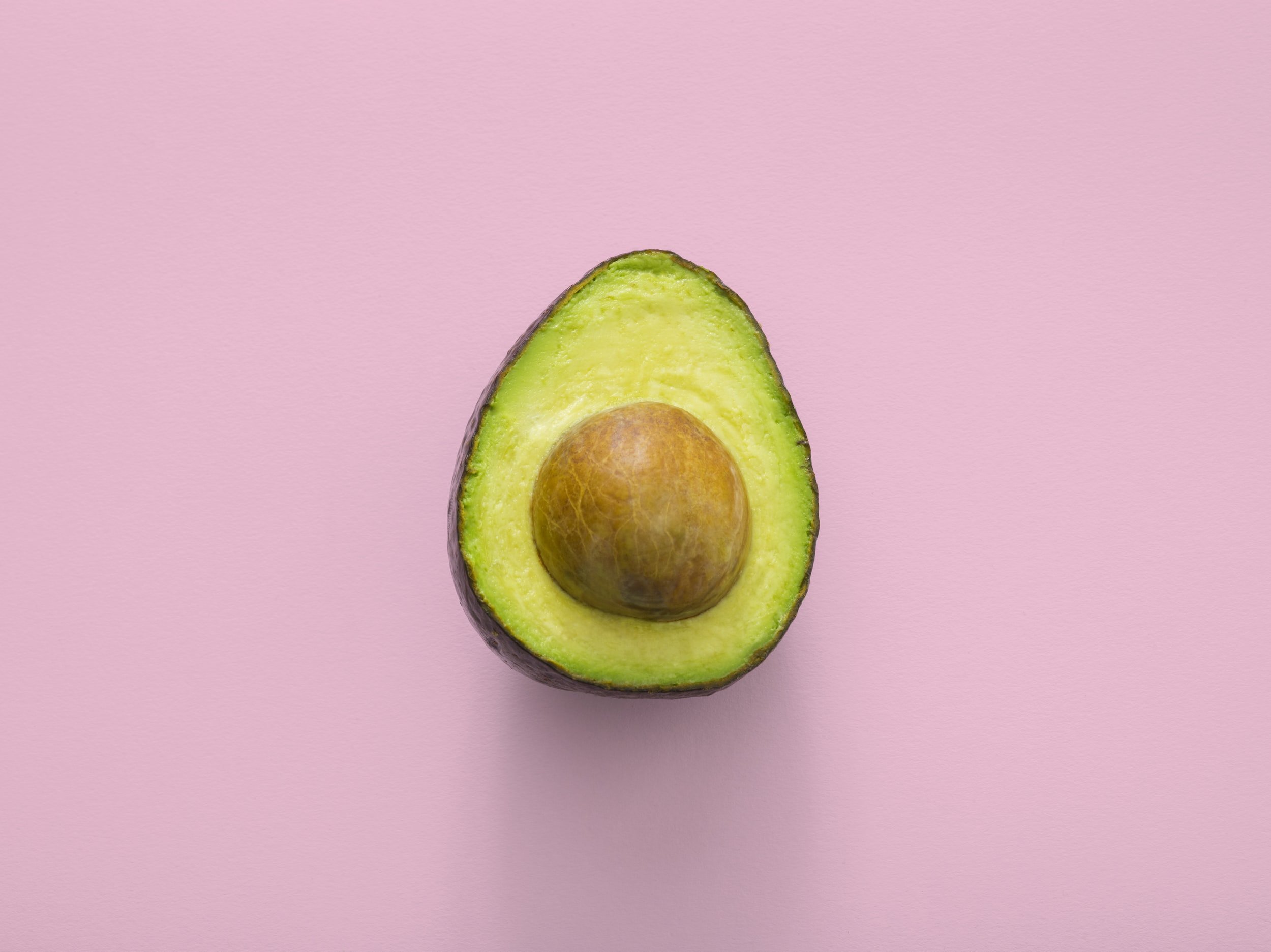3 High-Fiber Foods We Love
You hear it all the time “Eat your fiber!” But what does eating fiber actually mean for a healthier, happier lifestyle? There are many reasons why dietary fiber is essential for our overall health:
Reduces cholesterol
Nutrient-dense
Stabilizes blood sugar
Adds bulk to your digestive tract
Blood Sugar Control
Controlling blood sugar spikes is important, not just for those with diabetes or insulin resistance, but for everyone. When we consume a carb-rich meal, our blood sugar can spike to the upper threshold of its normal range. This can cause insulin, the hormone responsible for lowering your blood glucose levels, to kick into overdrive. Even for the otherwise healthy person, these spikes tax your body’s organs and can leave you feeling dizzy and non-energetic.
Hyperglycemia, or ‘high blood sugar,’ can cause increased hunger, thirst, blurry vision, and an upset stomach. Even as athletes, these symptoms can cause problems during training or other events. Blood sugar spikes are something we should all strive to prevent- diabetic or not.
The Role of Fiber
Dietary fiber comes in to save the day, preventing blood sugar spikes. Fiber-rich foods, when taken with carb-rich foods (such as a big meal,) help slow the digestion and absorption of those carbohydrates. This slower rate of absorption promotes a healthier, more gradual rise in blood glucose levels. Blood sugar control is just one of the many benefits of fiber.
Cardiovascular Health
Aside from its benefits to blood sugar levels, dietary fiber has been proven to help reduce cardiovascular complications. This includes evidence of reductions in the risk for CVD (both heart disease and stroke) and lower risk of type 2 diabetes, lower blood pressure, lower LDL-cholesterol, as well as some cancers.
How Much Fiber Should I Eat Each Day?
According to the USDA, dietary fiber intake is recommended at 14 grams per 1,000 calories of food. For example, at a 2,000-calorie reference level (which is appropriate for some but not all people) the daily dietary fiber intake should be 28 grams. Because each person has unique dietary needs, it may be wise to consult your primary healthcare provider on the specific daily amount of fiber you should consume.
Fiber and Athletes
During training and events, athletes may want to consider lowering their fiber intake, as our bodies need quick glucose to power through the work. But don’t worry, a proper fueling plan ensures that your BGL stays at a steady rate, as your body is utilizing the glucose for the work it is performing. Ingesting too much fiber before a race/major event can slow the absorption of those needed carbohydrates.
3 Fiber-Rich Foods We Love
Now that we have a basis for fiber and its importance, let’s have a look at some fiber-rich foods that are staples in my home.
Avocado
Avocados are one of my favorite superfoods! Not only are they packed with healthy fats, but they also provide around 6.7 grams of dietary fiber per 100 grams of fruit. Avocados are also high in vitamin C, potassium, magnesium, vitamin E, and some B vitamins.
Black Beans
Black beans are as versatile as they are fibrous! Not only are they high in protein, but black beans also contain 8.7 grams of fiber per 100 grams. Black beans can be made into burgers, mixed with sweet potato and feta (my favorite,) or added to your favorite chili!
Oats
Oats are a huge staple in my home, and for good reason! Oats contain 10.4 grams of dietary fiber per 100 grams and are packed with micronutrients, such as vitamins, minerals, and antioxidants. Oats are also a very versatile food and can be used in a wide-range of convenient recipes. Be cautious of instant oatmeal, as it often contains a large amount of sugar and flavoring.
Sources
Evans C. E. L. (2020). Dietary fibre and cardiovascular health: a review of current evidence and policy. The Proceedings of the Nutrition Society, 79(1), 61–67. https://doi.org/10.1017/S0029665119000673
https://fdc.nal.usda.gov/fdc-app.html#/food-details/2346396/nutrients
https://fdc.nal.usda.gov/fdc-app.html#/food-details/175237/nutrients
About Summit Sports Science
Hey! I'm Gabe. I obtained my ASc degree in kinesiology and am currently pursuing my BSc in Dietetics to become a Registered Dietitian (RD.) Furthermore, I am licensed by both the National Academy of Sports Medicine and the United Endurance Sports Coaching Academy as a sports nutritionist. I started Summit Sports Science to deliver nutrition coaching that’s based on science, not pop culture. I aim to assist my athletes in acquiring the nutritional tools and knowledge necessary to optimize their performance. Whether you are training for your first marathon, or are a full-time athlete looking to optimize your nutrition, I invite you to apply to work with me..




